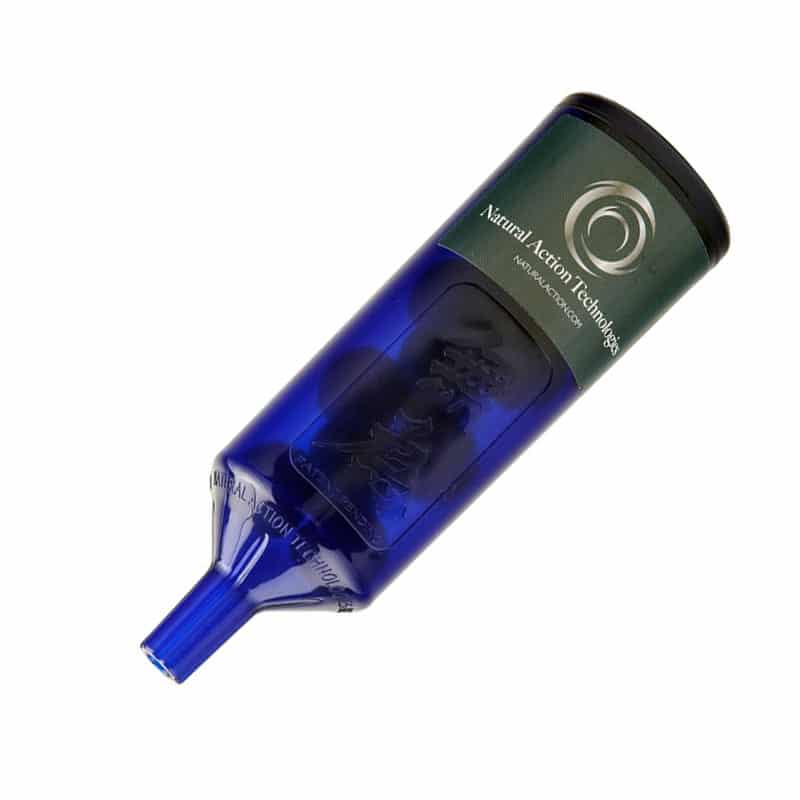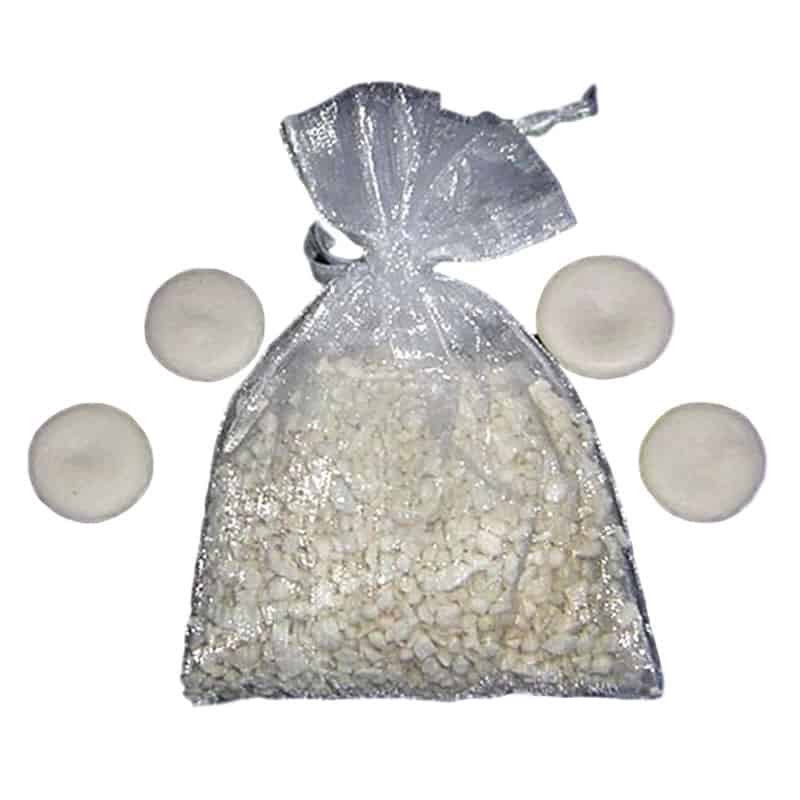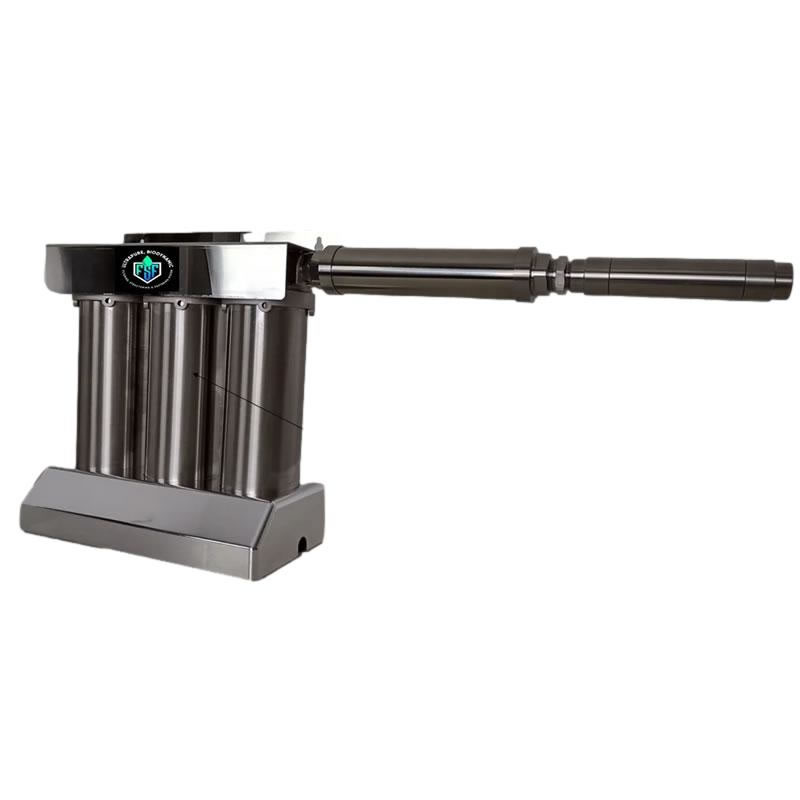No products in the cart.
Water or Coke?
Water:
- 75% of Americans are chronically dehydrated.
- In 37% of Americans, the thirst mechanism is so weak that it is often mistaken for hunger.
- Even MILD dehydration will slow down one’s metabolism as much as 3%.
- One glass of water will shut down midnight hunger pangs for almost 100% of the dieters studied in a University of Washington study.
- Lack of water: the #1 trigger of daytime fatigue.
- Preliminary research indicates that 8-10 glasses of water a day could significantly ease back and joint pain for up to 80% of sufferers.
- A mere 2% drop in body water can trigger fuzzy short-term memory, trouble with basic math, and difficulty focusing on the computer screen or on a printed page.
- Drinking 5 glasses of water daily decreases the risk of colon cancer by 45%, plus it can slash the risk of breast cancer by 79%, and one is 50% less likely to develop bladder cancer.
Coke:
- In many states (in the USA) the highway patrol carries two gallons of coke in the truck to remove blood from the highway after a car accident.
- You can put a T-bone steak in a bowl of Coke and it will be gone in two days.
- To clean a toilet: Pour a can of Coca-Cola into the toilet bowl and let the “real thing” sit for one hour, then flush clean. The citric acid in Coke removes stains from vitreous China.
- To remove rust spots from chrome car bumpers: Rub the bumper with a rumpled-up piece of Reynolds Wrap aluminum foil dipped in Coca-Cola.
- To clean corrosion from car battery terminals: Pour a can of Coca-Cola over the terminals to bubble away the corrosion.
- To loosen a rusted bolt: Applying a cloth soaked in Coca-Cola to the rusted bolt for several minutes.
- To bake a moist ham: Empty a can of Coca-Cola into the baking pan, wrap the ham in aluminum foil, and bake. Thirty minutes before the ham is finished, remove the foil, allowing the drippings to mix with the Coke for a sumptuous brown gravy.
- To remove grease from clothes: Empty a can of coke into a load of greasy clothes, add detergent, and run through a regular cycle. The Coca-Cola will help loosen grease stains.
- It will also clean road haze from your windshield.
Just For Your Information
- The active ingredient in Coke is phosphoric acid. Its pH is 2.8. Straight phosphoric acid will dissolve a nail in about 4 days. Phosphoric acid also leaches calcium from bones and is a major contributor to the rising increase in osteoporosis.
- To carry Coca-Cola syrup (the concentrate) the commercial truck must use the Hazardous material place cards reserved for Highly corrosive materials.
- The distributors of Coke have been using it to clean the engines of their trucks for about 20 years!
Now the question:
“Would you like a coke or a glass of water?”
Caramel Coloring
Soft drink manufacturers like Coca Cola and PepsiCo spend billions to entice you to buy their products. But what they don’t tell you in those slick, thirst-inducing ads is that sugary soft drinks have been linked to cancer.
So instead of opening “happiness,” as Coca Cola suggests in a recent slogan, you might actually be poisoning your body. That’s right Coke and Pepsi might be killing you. Yet, the companies making the stuff still want you to drink their products.
Why are the soft drinks so toxic? It’s the caramel coloring that gives them their dark brown hue.
The National Toxicology Program (NTP) is a division of the National Institute of Environmental Health Sciences. Researchers there ran two government studies. They found that the coloring caused cancer in lab mice and rats.
Now, the Center for Science in the Public Interest (CSPI) wants the Food and Drug Administration (FDA) to ban the use of the toxic brew. Or at least make sure you know about its dangers.
What’s so bad is that the coloring is just for looks. There’s no nutritional or preservative value. Coca Cola and Pepsi and other soft drink makers may be putting the public at risk for no good reason.
This is just the latest research linking soft drinks to cancer. Researchers at the University of Minnesota recently found a link between the high levels of sugar in soft drinks and pancreatic cancer. People who drank as few as two soft drinks a week faced almost double the risk of cancer.
Michael F. Jacobson is CSPI’s executive director. He’s also a veteran of the healthy food movement. He has pushed for nutritional labels and other consumer issues in the past. Now, he wants the additives in Coke and Pepsi and other foods removed. Jacobson has the support of several experts in the cancer study field. They include two scientists with the U.S. Department of Health and Human Services.
“Carcinogenic colorings have no place in the food supply, especially considering that their only function is a cosmetic one,” Jacobson said. “The FDA should act quickly to revoke its approval of caramel colorings made with ammonia.”
What’s really going on here? And why is the public just learning about this health risk? NHD went behind the scenes for answers.
What’s Wrong with Caramel?
The coloring is actually a mix of sugars, ammonia, and, in some cases, sulfite. When heated at high temperatures, this combination turns into 2-methylimidazole (2-MEI) and 4-methylimidazole (4-MEI) – proven cancer inducers.
Regulators divide caramel colorings into four categories. Caramel I and II are not made with ammonia. They are used in some alcoholic drinks and vegetable extracts. They are safer than Caramel III and IV, which contain 2-MEI and 4-MEI.
Carmel III is often used in baking, beer, soy sauce, gravy, and other products. Caramel IV is the one found in colas. It’s also considered the most toxic.
In the NTP studies, mice and rats were fed the additives. They were then observed over a two-year period. Researchers found that 4-MEI caused lung tumors. And 2-MEI was associated with liver and thyroid tumors.
Rats didn’t fare any better. They had higher rates of leukemia and thyroid tumors. Researchers also witnessed abnormal behaviors like hyperactivity, excitability, and difficulty walking in female rats.
A recent study by researchers at the University of California, Davis, found 4-MEI in five brands of cola. The CSPI looked at the study data and found that a 12-ounce can contains between 108 and 130 micrograms of the toxic additive.
Fifty years ago, the U.S. Congress approved an amendment to the Federal Food, Drug, and Cosmetic Act. It requires that additives used to color food be “stringently assessed” by the FDA before release to the public.
How could Coke and Pepsi have been on the market so long without government intervention? Please ask your representative to get your some answers.
In California, health officials recently added 4-MEI to the state list of cancer-causing chemicals. That means products with significant amounts of the chemical may soon have to carry a cancer label.
Instead of doing the right thing, the American Beverage Association issued a statement against the NTP study.
“There is no evidence that 4-MEI causes cancer in humans,” it said. “No health regulatory agency around the globe, including the Food and Drug Administration, has said that 4-MEI is a human carcinogen.”
Coca Cola, in another release, defended its product. “4-MEI is found in trace amounts in a wide variety of foods and beverages, including Coca-Cola,” it said. “In fact, it forms normally in the ‘browning reaction’ while cooking, even in one’s own kitchen.”
The cancer news comes on the heels of another study presented at the 2011 International Stroke Conference. It found that people who consumed diet soda every day were significantly more likely to suffer from stroke, heart attack, and vascular death. Sugary drinks have also been associated with health risks like tooth decay and obesity.
And what did the ABA do? Deny the claims, of course. But there’s more information being released almost daily about why sodas are bad for you. The cola companies are skating on thin ice.
Meanwhile, the FDA says it’s studying the cancer issue. However, in a statement to one consumer organization, the agency also downplayed the findings. The FDA says a person would have to drink “well over a thousand cans of soda a day to reach the doses administered in the NTP studies.”
What to Do About It
So how do you know if your health is at risk? California’s Office of Environmental Health Hazard Assessment (OEHHA) has set some guidelines. Products that expose consumers to more than 16 micrograms of 4-MEI per day are considered dangerous. That level could result in one cancer per 100,000 people, according to the OEHHA.
A 12-ounce can of Coke or Pepsi contains in excess of 100 micrograms. That’s six times the risk level. Some cola lovers drink much more than that in one day. It won’t hurt to cut back on soft drinks.
There are plenty healthy alternatives out there. Right at the top of that list is water. It can quench your thirst without negative side effects. You might even lose a pound or two.







